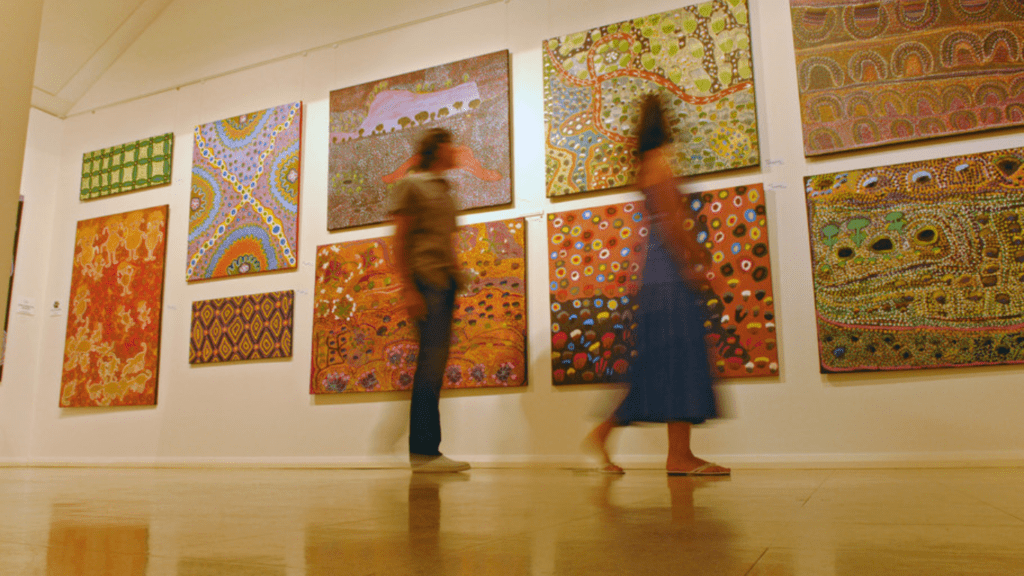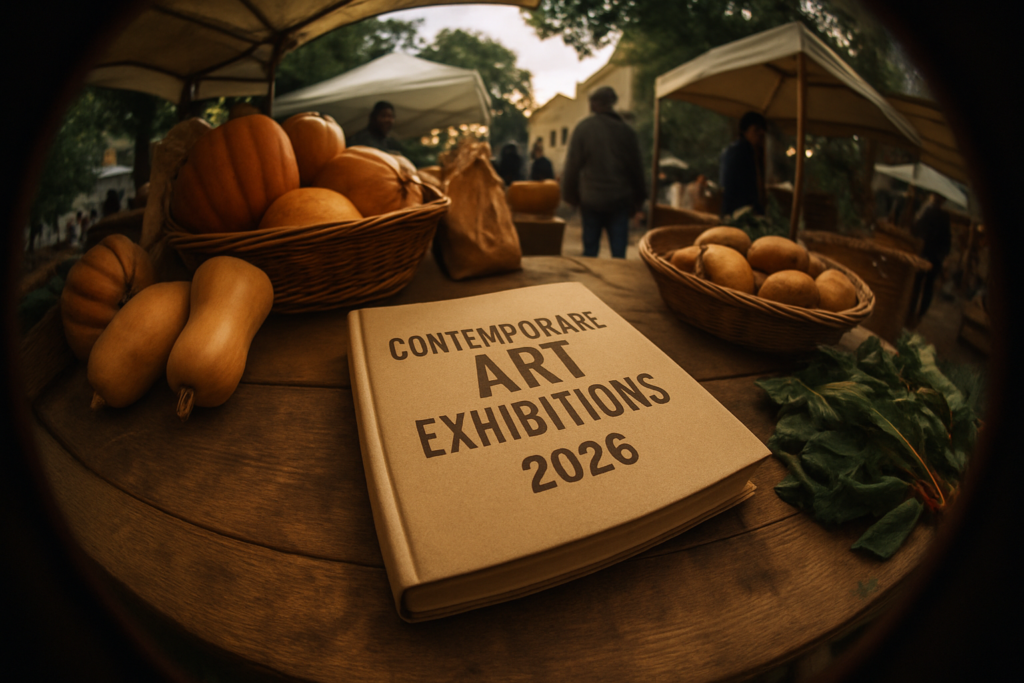In today’s digital age, the art world is undergoing a transformative shift with the rise of virtual art exhibitions. As an art enthusiast, I’ve witnessed firsthand how technology is revolutionizing the traditional gallery experience. Virtual platforms are breaking down barriers, allowing art lovers to explore exhibitions from the comfort of their homes.
With virtual reality and online galleries becoming increasingly popular, I’ve delved into the impact of these technological advancements on the art community. The immersive nature of virtual art exhibitions is redefining the way we engage with and appreciate art, offering a unique perspective that transcends physical limitations. Join me as I explore how technology is shaping the future of art appreciation in the digital era.
The Evolution of Art Exhibitions: From Physical to Virtual
Virtual art exhibitions represent a significant evolution from traditional physical showcases. Let’s delve into how the transition from physical to virtual exhibitions has reshaped the art world.
Transcending Geographic Boundaries
Embracing virtual art exhibitions means overcoming the constraints of physical location. As an art enthusiast, I’ve witnessed how technology enables individuals worldwide to experience art shows without being limited by geographic boundaries. This change democratizes access to art, allowing a global audience to engage with diverse artworks from different corners of the world.
Enhancing Accessibility for All
The shift to virtual art exhibitions has remarkably enhanced accessibility for art enthusiasts of all kinds. By leveraging technology, galleries have opened their virtual doors to a broader audience, including individuals with physical disabilities or those who may face challenges visiting traditional gallery spaces. This inclusivity fosters a more diverse and inclusive art community, enriching the overall gallery experience.
The Intersection of Art and Technology
Virtual Reality and the Immersion of the Viewer:
Entering a virtual art exhibition through the lens of virtual reality is akin to stepping into a whole new realm of creative expression. The technology allows me to immerse myself in the artwork, offering a 360-degree view and a sense of presence as if I were physically there. This immersive experience transcends the constraints of physical galleries, enabling art enthusiasts like me to explore masterpieces from around the globe right from the comfort of my own space.
The Advancements in Display Technology:
The fusion of art and technology has spurred remarkable advancements in display technology, enhancing the way artworks are showcased in virtual environments. As I navigate through these digital galleries, I’m amazed by the crisp images, vivid colors, and intricate details that rival the experience of viewing art in person. From high-resolution displays to interactive features, the evolution of display technology has not only elevated the visual appeal of virtual exhibitions but also enriched the overall engagement and appreciation of art.
Virtual Art Exhibitions: A New Realm for Artists
Virtual art exhibitions have opened up a new realm for artists, offering unique opportunities and avenues for creative expression in the digital landscape.
- Opportunities for Emerging Artists
As an emerging artist, virtual art exhibitions provide an invaluable platform to showcase my work to a global audience without the limitations of physical galleries. These digital spaces enable me to reach art enthusiasts from diverse backgrounds and geographical locations, fostering greater visibility and potential for recognition. The accessibility of virtual exhibitions allows me to connect with collectors, curators, and fellow artists in a more inclusive and engaging manner, breaking down traditional barriers to entry in the art world. - Creative Expression in Digital Formats
Exploring creative expression in digital formats expands my artistic horizons by offering innovative ways to present and interact with art. Through virtual art exhibitions, I can experiment with various mediums, styles, and technologies, pushing the boundaries of traditional art forms. The immersive nature of digital art platforms allows me to engage with viewers in interactive ways, enhancing the overall impact and experience of my artwork. By embracing digital formats, I can adapt my artistic practice to the evolving technological landscape, creating dynamic and captivating pieces that resonate with a modern audience.
The Impact of Virtual Exhibitions on Traditional Galleries
Virtual exhibitions have revolutionized the art world, impacting traditional gallery spaces significantly. The digital evolution has prompted a shift in how galleries operate and engage with audiences. Below, I delve into the adaptation strategies required for traditional spaces and the potential future role of physical galleries in this changing landscape.
Adaptation Strategies for Traditional Spaces
Incorporating virtual elements into traditional gallery spaces is essential to keep pace with the evolving art scene. Enhancing physical exhibitions with digital components can attract a wider audience and provide a more interactive experience. By integrating virtual tours, augmented reality features, or online viewing platforms, galleries can bridge the gap between physical and digital art realms, enticing both local and global visitors.
The Future Role of Physical Galleries
While virtual exhibitions offer unprecedented accessibility, the role of physical galleries remains vital in the art world ecosystem. These spaces are irreplaceable for fostering personal connections with art, enabling viewers to appreciate textures, scale, and details in a way that virtual platforms cannot replicate fully. Moving forward, physical galleries may focus more on curated, immersive experiences that complement virtual offerings, emphasizing the value of in-person engagement and the emotional impact of art within a tactile environment.



